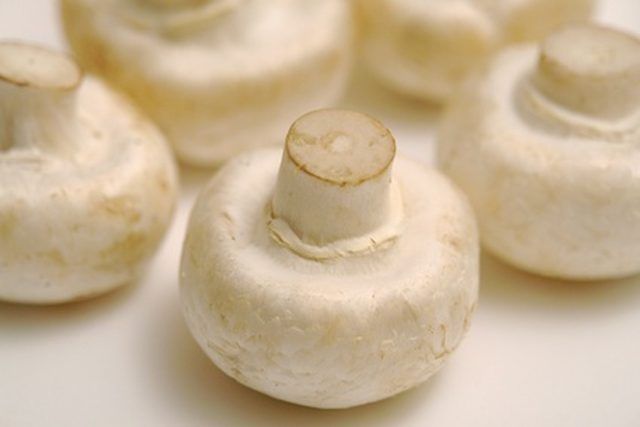Bulbs
Flower Basics
Flower Beds & Specialty Gardens
Flower Garden
Garden Furniture
Garden Gnomes
Garden Seeds
Garden Sheds
Garden Statues
Garden Tools & Supplies
Gardening Basics
Green & Organic
Groundcovers & Vines
Growing Annuals
Growing Basil
Growing Beans
Growing Berries
Growing Blueberries
Growing Cactus
Growing Corn
Growing Cotton
Growing Edibles
Growing Flowers
Growing Garlic
Growing Grapes
Growing Grass
Growing Herbs
Growing Jasmine
Growing Mint
Growing Mushrooms
Orchids
Growing Peanuts
Growing Perennials
Growing Plants
Growing Rosemary
Growing Roses
Growing Strawberries
Growing Sunflowers
Growing Thyme
Growing Tomatoes
Growing Tulips
Growing Vegetables
Herb Basics
Herb Garden
Indoor Growing
Landscaping Basics
Landscaping Patios
Landscaping Plants
Landscaping Shrubs
Landscaping Trees
Landscaping Walks & Pathways
Lawn Basics
Lawn Maintenance
Lawn Mowers
Lawn Ornaments
Lawn Planting
Lawn Tools
Outdoor Growing
Overall Landscape Planning
Pests, Weeds & Problems
Plant Basics
Rock Garden
Rose Garden
Shrubs
Soil
Specialty Gardens
Trees
Vegetable Garden
Yard Maintenance
How to Grow Mushrooms from Dried Mushrooms
How to Grow Mushrooms from Dried Mushrooms. Growing mushrooms at home allows you to save money and enjoy delicious varieties of mushrooms each day with every meal. Because mushrooms do not contain the green chlorophyll that's found within other types of plants, this fungus relies on drawing all nourishment from the soil and water. To grow...

Growing mushrooms at home allows you to save money and enjoy delicious varieties of mushrooms each day with every meal. Because mushrooms do not contain the green chlorophyll that's found within other types of plants, this fungus relies on drawing all nourishment from the soil and water. To grow mushrooms, start by harvesting mushroom spores from dried mushrooms. Carefully monitor the mushrooms until they are fully developed and ready for consumption.
Things You'll Need
Laminated card-stock paper
Plastic bowls
Dehumidifier
Straw
Plastic container
Peat moss
Collecting Spores
Cut the stems off several fresh mushrooms and lay each mushroom on a piece of laminated card-stock paper. If possible, lay each mushroom cap with gills facing down, against the laminated paper.
Place plastic bowls over each mushroom cap. Turn a dehumidifier on near the covered mushroom caps. The tiny gap between the card and the bowl allows the dehydrator to dry the mushroom caps, but prevents the mushroom spores from escaping.
Allow the mushroom caps to sit under the plastic bowls overnight with the dehumidifier running. The next day, remove the plastic bowls and reserve the dried mushrooms for cooking, but notice the powdery white or black film on the laminated paper piece. This dusty substance is thousands of mushroom spores that have dropped straight down from the mushroom gills.
Planting and Growing Mushrooms
Cut straw into sections between 3 and 6 inches long. Place the straw in a container and sterilize the straw by pouring boiling water over it to kill any unwanted bacteria.
Pour the hot water off the straw and allow the straw to cool down to room temperature. While it cools, mix the mushroom spores from the laminated paper with the damp grains.
Place the spore and damp grain mixture over a 1 to 2-inch layer of straw inside a plastic container.
Monitor the grown as the mushroom spores and grain develop into a spore colony that creates a root structure for the mushroom network. The roots, called mycelium, develop into white and lacy filaments.
Sterilize a collection of peat moss using the same method described in steps 1 and 2. Place the drained peat moss over the mushroom root structure and allow the mushrooms to grow up and through the peat moss over a period of days or weeks.
Tips & Warnings
Maintain the temperature of the mushroom growing container at approximately 60 degrees F. According to MushroomInfo.com, certain types of mushrooms, such as the Enoki, require special growing temperatures. Consult a growing guide to determine exact temperatures for the mushrooms you plan to grow.